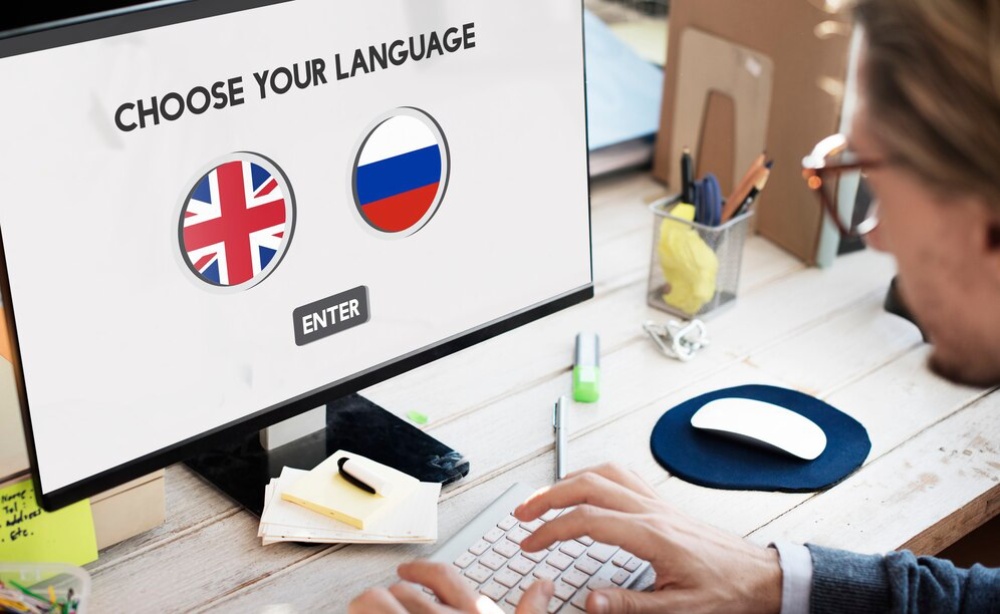
Global Expansion Strategies for Online Retailers
Why Go Global?
The internet has changed retail. Now, small online businesses can reach customers worldwide. International expansion sounds great. It’s much harder than just launching a multilingual website. Global e-commerce offers huge revenue potential. However, it also brings challenges in logistics, culture, law, and marketing.
This guide helps online retailers grasp cross-border retail. It shares proven strategies for sustainable international sales. Whether you’re a boutique fashion brand or a tech accessories retailer, global expansion is within your reach—with the right plan.
In this blog post, we’ll walk through:
- Key considerations before going global
- How to research international markets
- Localisation strategies for better customer engagement
- Cross-border logistics and payments
- Compliance and international tax obligations
- Building brand trust abroad
- Digital marketing strategies for international growth
Let’s dive into how to take your e-commerce business beyond borders.
Evaluating Readiness for Global Expansion
Internal Audit of Operations
Before stepping into new markets, take stock of your existing infrastructure. Ask yourself:
- Can your website handle multiple currencies and languages?
- Do you have reliable shipping partners or fulfilment services?
- Is your customer service prepared for international support?
A strong domestic operation lays the groundwork for global success. In this phase, many retailers focus on automation tools. They also invest in scalable inventory systems and omnichannel platforms.
Market-Specific Product Viability
Not every product has global appeal. For example, seasonal products may matter less in different hemispheres. Also, rules for beauty and food products change from one country to another. Research the demand, competition, and regulations for your niche in potential target countries.
Budgeting for Expansion
International expansion can be costly. Consider:
- Translation and localisation services
- Overseas warehousing or dropshipping
- International marketing campaigns
- Legal fees for market entry compliance
Having a dedicated budget—and understanding your expected ROI—prevents overextension.
Researching and Selecting Target Markets

Using Data to Inform Decisions
Leverage tools like Google Market Finder, Statista, and Shopify’s global reports to assess:
- Market size and internet penetration
- Digital buying behaviour
- GDP per capita and purchasing power
For example, Southeast Asia is a rapidly growing e-commerce market. The infrastructure and payment preferences differ greatly from those of the West.
Competitor Benchmarking
Investigate how competitors operate internationally:
- Which countries are they targeting?
- What channels do they use to promote products?
- How do they position their brand locally?
This helps you spot gaps or saturation and shape your unique selling proposition.
Cultural Compatibility and Language Considerations
Cultural missteps can kill a campaign. A classic example is Pepsi’s “Come Alive” slogan. In China, it was interpreted as “Brings your ancestors back from the dead.” Localise not just the language but the cultural context.
Localisation for Global Audiences
Multilingual Websites and UX

A multilingual website isn’t just about translation—it’s about localisation. This includes:
- Currency display in local formats
- Local payment methods (e.g., iDEAL in the Netherlands, Paytm in India)
- Cultural imagery and design preferences
A good UX respects local norms. For instance, Japanese users prefer dense information and text. Scandinavian design leans towards minimalism.
Product Listings and Descriptions
Tailor descriptions to suit local norms:
- Use metric/imperial measurements as appropriate
- Avoid slang or idioms that don’t translate
- Highlight product use cases relevant to the market
Customising content increases trust and boosts conversion rates.
Customer Service and Local Support
Offering local support—whether through chatbots, email, or phone—instils confidence. Consider hiring multilingual support staff or outsourcing to local agencies.
Logistics and Fulfilment in Cross-Border Retail
International Shipping Strategies
Reliable and transparent shipping is crucial. Options include:
- Direct shipping from your home country
- Third-party logistics (3PL) providers with international networks
- Dropshipping with local suppliers
Ensure you communicate shipping timelines, fees, and customs policies clearly.
Handling Duties, Taxes, and Returns
Taxes and returns are major hurdles in cross-border e-commerce. Use tools like Avalara or TaxJar to automate calculations. Offer clear return policies that are competitive with local retailers.
Think about using DDP (Delivered Duty Paid) options. With this, duties are prepaid. This change can boost customer satisfaction.
Warehouse and Fulfilment Centres Abroad
Using regional fulfilment centres reduces delivery times and costs. Amazon FBA, ShipBob, and regional 3PLs can support international warehousing.
Navigating Legal and Tax Compliance
Customs and Product Regulations

Each country has unique standards. For example:
- Electronics may require CE markings in Europe
- Cosmetics may need FDA registration in the U.S.
- Labelling laws differ across regions
Stay ahead of regulations to avoid costly penalties.
Sales Tax and VAT Management
You may need to register for VAT or sales tax in foreign jurisdictions. This depends on thresholds and product categories.
Tools like Quaderno and accounting firms that focus on international tax can help simplify this.
Data Privacy Laws
GDPR in Europe and CCPA in California impose strict data handling rules. Ensure your website has:
- Clear cookie policies
- Opt-in consent mechanisms
- Secure customer data storage
Building Brand Trust Across Borders
International Social Proof
Social proof is universal—but localised. Encourage reviews from customers in each region. Display relevant testimonials and case studies.
Influencer collaborations can also be market-specific. A well-known fashion blogger in the UK won’t resonate with shoppers in Brazil.
Trusted Payment and Security Signals
Use familiar and secure payment gateways. Offer local options like:
- Alipay (China)
- Klarna (Europe)
- Cash on Delivery (Middle East)
Display security badges and trust seals that resonate with the local audience.
Digital Marketing for Global Growth
International SEO Best Practices
Create region-specific domains or subfolders. Use hreflang tags to guide search engines. Conduct keyword research in local languages, not just translations.
Paid Media and PPC Campaigns
Tailor Google Ads and social media campaigns to local preferences. For example:
- Facebook and Instagram dominate in Western markets
- TikTok and WeChat are more influential in Asia
Adjust your ad creative and landing pages per market.
Influencer Marketing and Partnerships
Influencers bring cultural nuance and authenticity. Micro-influencers, in particular, offer high engagement in niche markets. Work with local talent to build credibility and brand loyalty.
Final Thoughts: Succeeding on the Global E-commerce Stage
Expanding globally is one of the most exciting—and rewarding—challenges for any online retailer. But success doesn’t come from taking shortcuts. It requires a solid grasp of target markets, a focus on localisation, and a readiness to adjust operations.
Winning international brands balance scalability and personalisation. They offer smooth logistics and build strong ties with customers from various cultures.
To expand your brand globally, begin with strategic research. Next, test in one market. Then, adjust based on performance and feedback.
Are you looking to expand your e-commerce brand internationally? Let’s chat—our expert team can guide you from planning through execution. Reach out today and take the first step towards global growth.


